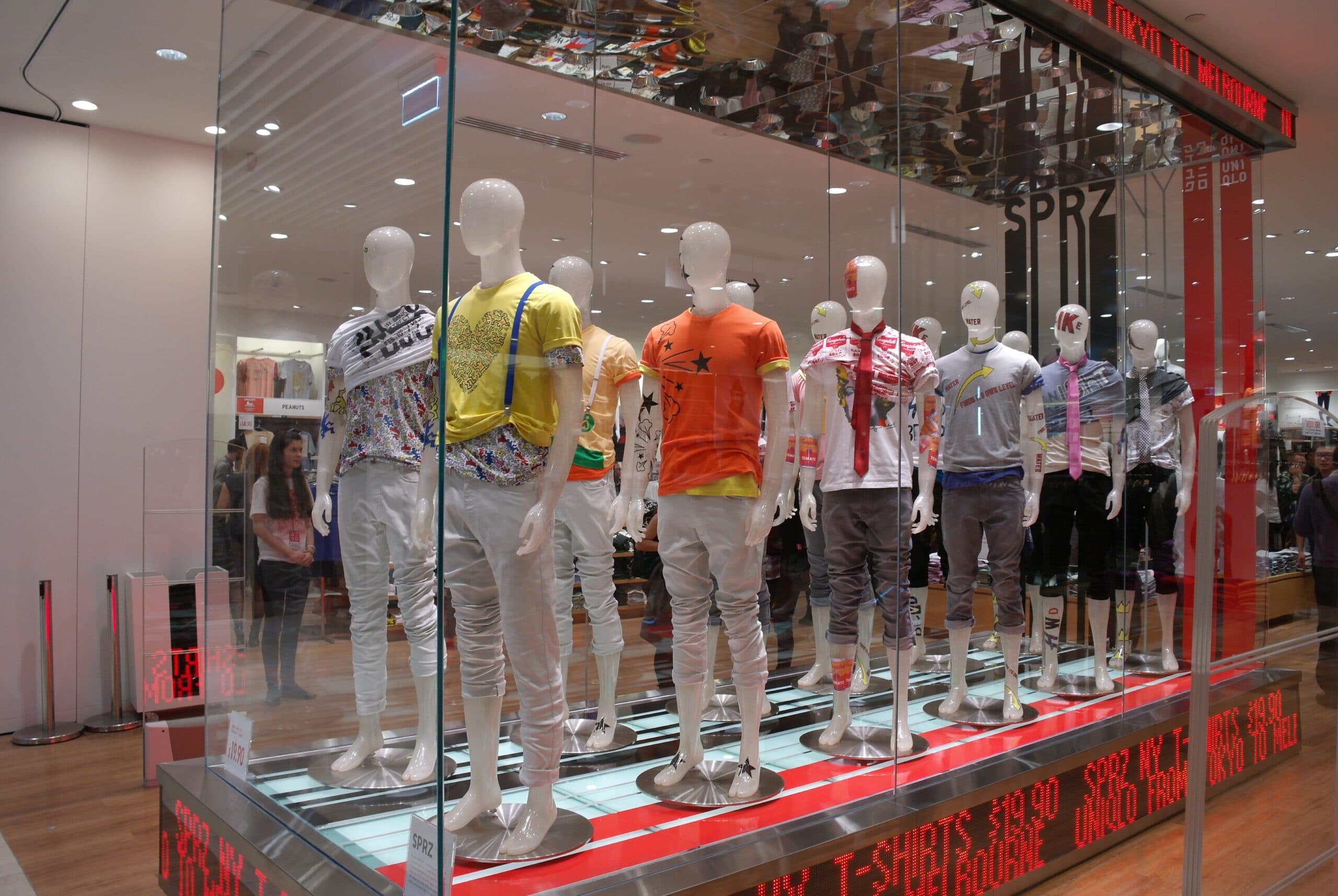Walk into any retail store today and you begin to wonder if you know more about the products on display than the in-store salesperson. After a brief conversation with them, you might find that to be true. The use of digital devices and information has helped consumers understand product features, merchandise ranges and pricing strategies, often much better than the in-store salesperson. As consumers have come to rely on their own technology-assisted resourcefulness to make more informed purchase decisions, store salespeople within many retail businesses have effectively become side-lined.
The immediacy and increasing personalisation offered online has raised the bar. The real opportunity for retailers is to reshape the store experience to support and enhance this new, digitally inspired, customer expectation. The most essential aspect of this new experience has to be the role of the in-store salesperson. For the majority of in-store salespeople the only route to information is the same website the customer has already browsed. Without the ability to add anything extra to the customer interaction, the associate risks actually detracting from, rather than improving the shopping experience. Add in self-service kiosks and many retailers risk turning the store into an expensively located vending machine. This approach not only fails to maximise the value of the in-store investment; it misses an essential point: consumers still enjoy the experience of visiting physical stores to do their shopping.
In-store salespeople need a single view of stock across the entire logistics network and also the ability to transfer that stock on the fly to meet customer demands. They require a customer’s complete online and offline transaction history plus a quick view of product recommendations to support a meaningful and timely engagement and enable up and cross-selling opportunities. For example, enabling a customer to buy an item in store, return an item purchased online and have another item from a nearby store delivered to their home in a single transaction, with a single payment taken in store. It is this seamless, high quality interaction that must underpin the new in-store experience.
In Store Culture
While technology clearly plays a key role in empowering the in-store salesperson, it is just part of the overall mix. Retailers also need to ensure assistants have the right skills to engage with customers – both soft people skills and specific technology skills to ensure they can utilise the information available without negatively affecting the customer interaction. If a store salesperson has to spend more time trawling through menu screens than talking to the customer, both parties will be frustrated. Retailers need to combine intuitive technology with training designed to help the salesperson engage with a customer by leveraging the new depth of information available.
The retailer also needs to support in-store salespeople and minimise staff turnover. Incentives must reflect the multi-channel nature of sales, not simply in-store purchases. In addition, associates should be offered clearer career path development that reflects their growing value to the business. For example, levering technology to enable click and collect from instore stock can drive up online sales by as much as 20%, but what is the impact on the store salespeople of this new strategy? Are they being rewarded for this activity or do they feel it is taking them away from the customers?
Indeed, the way in which retail salespeople interact with customers will be significantly influenced by the store layout. With tablets that both provide information and take payment, is there any need for the traditional till location or would retail workers be more productive and engaging if released to the shop floor? The key is to ensure flexibility within the store sales model to create the right customer engagement.
Conclusion
This is an era of ever heightened customer expectations. Retailers need to look beyond simply driving cost out of the complex, multi-channel model towards up-skilling the in-store salesperson to deliver a new level of personal experience. A skilled, engaged, motivated, and information and technology empowered salesperson can add value to the customer experience in store and transform the future of store-based retailing.





















